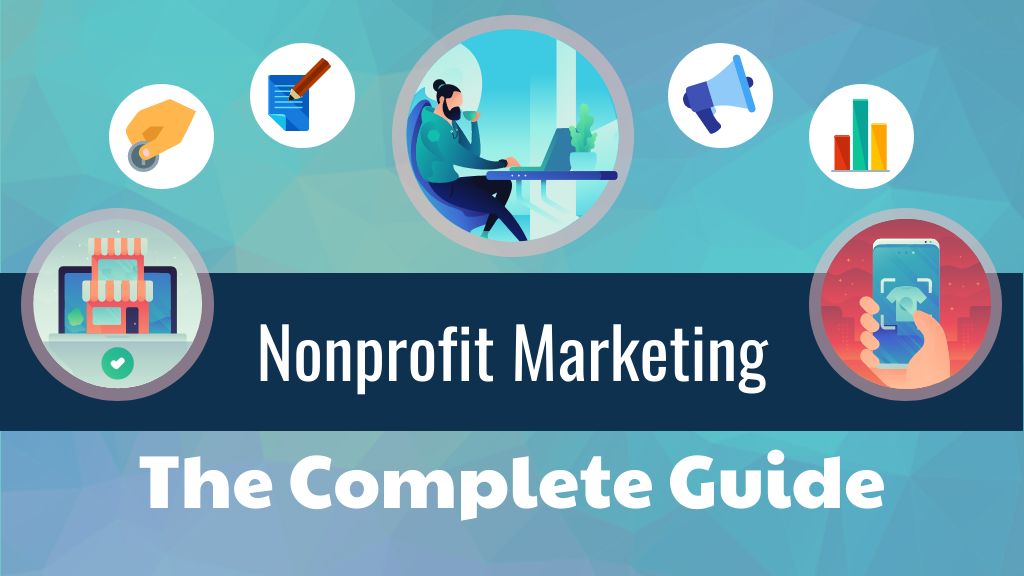Writing a comprehensive marketing plan for a nonprofit organization can be a daunting task. However, with the right template, it’s much easier to create an effective strategy that will help you reach your organizational goals. This article provides an overview of how to create a marketing plan template for a nonprofit organization; including key elements such as identifying target audiences, setting measurable goals, and evaluating the successes and failures of your plan.
Goals
In a marketing plan template for nonprofit organizations, setting clear goals and defining aims is crucial. Goals should be specific, measurable, achievable, relevant, and time-bound (SMART). These goals can include increasing awareness of the organization’s mission and activities or attracting more donors or volunteers.
Defining aims involves breaking down the overall goal into smaller objectives that are more manageable and achievable. This helps in tracking progress toward achieving the goal. For example, if the overall goal is to attract more donors, the aim could be to increase social media engagement by 20% within three months or to host a fundraising event that raises $10,000.
Setting clear goals and defining aims not only helps in achieving success but also provides a sense of direction and purpose for everyone involved in implementing the marketing plan. It also helps in evaluating the effectiveness of different strategies used towards achieving these goals.
Strategies
Creating a marketing plan for a nonprofit organization can be challenging, especially when it comes to outlining actions. However, having a clear strategy in place is crucial to achieving your goals and objectives. One effective way to outline actions is by breaking down your plan into smaller, actionable steps. This allows you to focus on the details while ensuring that each step aligns with your overall mission and vision.
Another effective strategy for outlining actions in a nonprofit marketing plan is by setting specific deadlines and milestones. This helps keep everyone accountable and ensures that progress is being made toward achieving your goals. In addition, using metrics to track performance can help identify areas that need improvement or where adjustments may be necessary.
Budget
When it comes to creating a marketing plan for a nonprofit organization, it is crucial to allocate resources effectively within the budget. The first step in allocating resources is identifying the core objectives of the marketing plan. Once these objectives have been established, you can prioritize each objective and determine which requires the most investment.
After determining priority areas, it’s important to consider what types of resources will be necessary for execution. Resources may include financial investments in advertising or digital marketing tools, as well as allocation of staff time and expertise towards certain initiatives. Additionally, some nonprofit organizations may benefit from partnerships with other businesses or organizations that are aligned with their mission.
Timeline
Keeping track of deadlines is crucial in any marketing plan, especially for nonprofits. Creating a timeline with established deadlines will help ensure that your team stays on track and meets all necessary goals. The first step in establishing deadlines is to determine the overall timeline of the campaign. This should include a start date, end date, and any important milestones along the way.
Once you have a general timeline in place, it’s time to break down specific tasks and assign them to team members or departments. Each task should have its own deadline that aligns with the overall timeline. It’s essential to be realistic when setting deadlines – giving too little time can lead to rushed work and errors while giving too much time can lead to procrastination.
As you create your timeline with established deadlines, make sure everyone involved has access to it and understands their responsibilities. Regular check-ins or meetings can help keep everyone accountable and on track toward meeting those deadlines. By having an organized system for establishing deadlines in your nonprofit marketing plan, you can increase efficiency and achieve greater success in reaching your goals.
Assessment
Assessing progress is an essential task in any marketing plan, especially for non-profit organizations. It is imperative to evaluate the success of your strategies and tactics to determine what works and what doesn’t. Some effective ways to evaluate your marketing efforts include analyzing website traffic, social media engagement, and email open rates. These metrics will help you understand how well your campaigns are resonating with your audience.
Another way to assess progress is through surveys or feedback forms distributed among stakeholders or target audiences. The information gathered can help identify areas that need improvement or emphasize successful strategies that can be further leveraged in future campaigns. Additionally, tracking financial performance against established goals such as the revenue generated from donations or grants can provide valuable insights into the effectiveness of a nonprofit’s marketing initiatives.
Conclusion
In conclusion, refining your nonprofit marketing plan is a crucial step in ensuring its success. This process involves taking a close look at the data and feedback collected during the implementation stage and making necessary adjustments to improve performance. Refining your plan also means reassessing your goals and objectives, as well as the strategies being used to achieve them.
One way to refine your nonprofit marketing plan is by conducting regular reviews of the plan’s progress. This can be done on a monthly or quarterly basis, depending on how frequently you are executing campaigns or initiatives outlined in the plan. Additionally, seeking input from stakeholders such as volunteers, donors, and staff members can offer valuable insights into what may be working well and what areas need improvement.
Finally, it’s important to remember that refining your nonprofit marketing plan isn’t a one-time event. The market is constantly changing, and new trends emerge regularly that may require adjustments to your strategies. By staying agile and open to change throughout the life of your marketing plan, you’ll be better equipped to adapt quickly and remain competitive within the crowded nonprofit sector.

